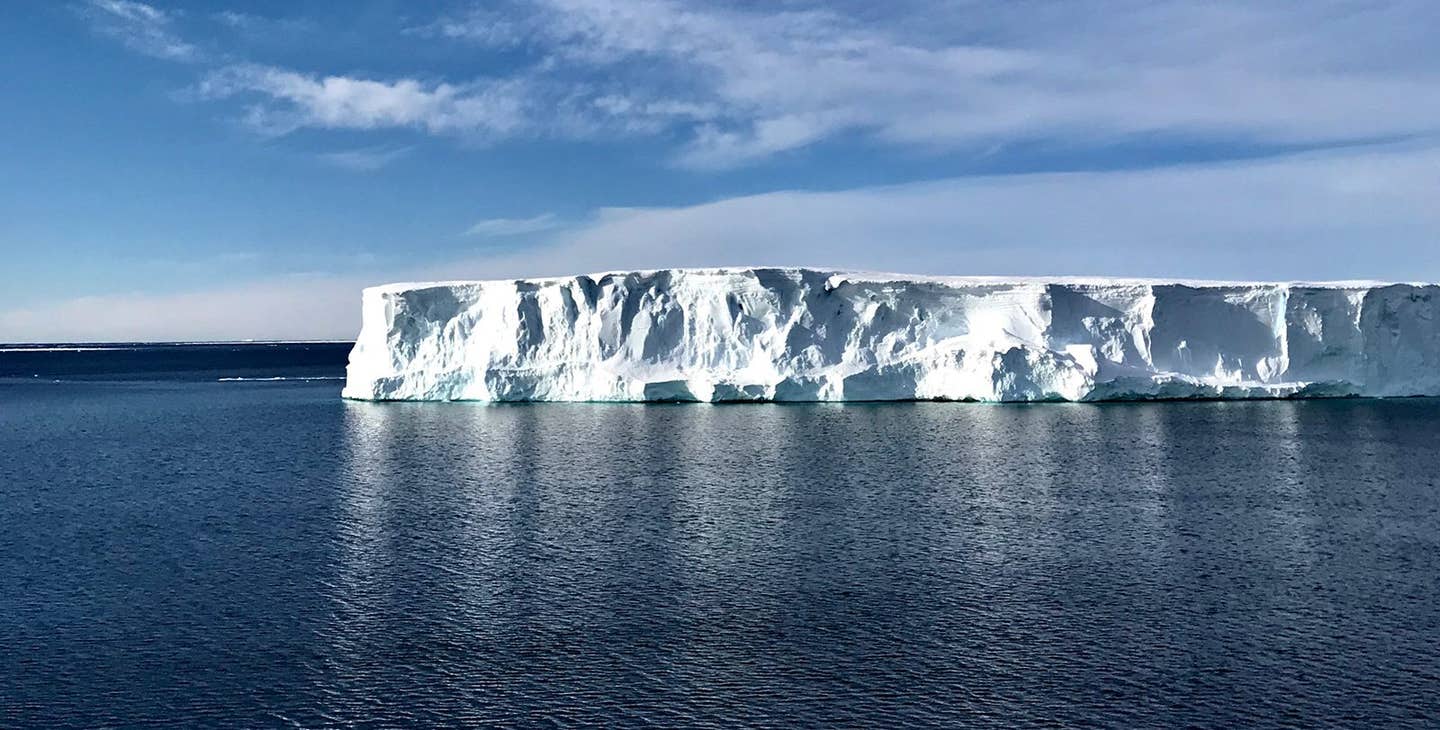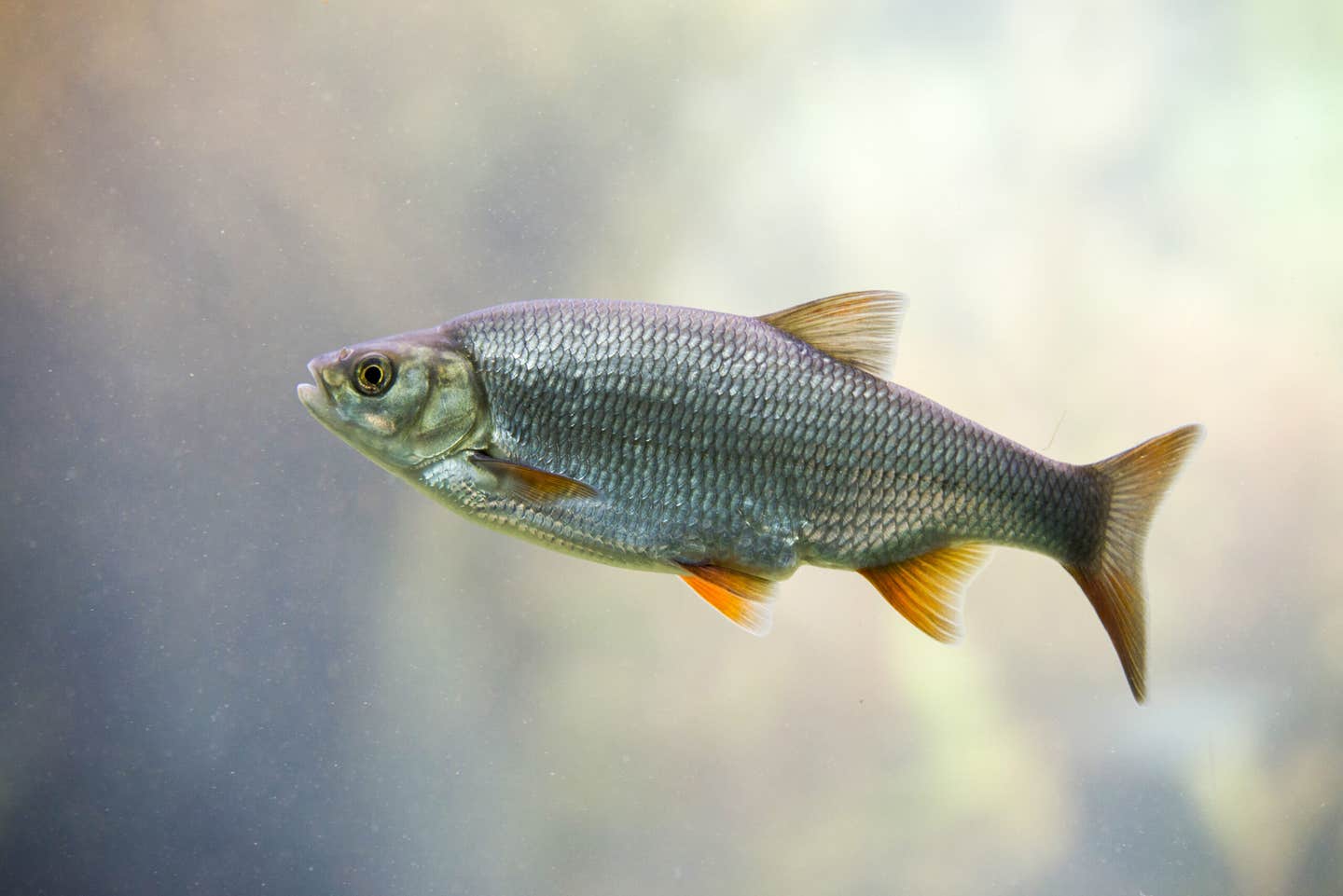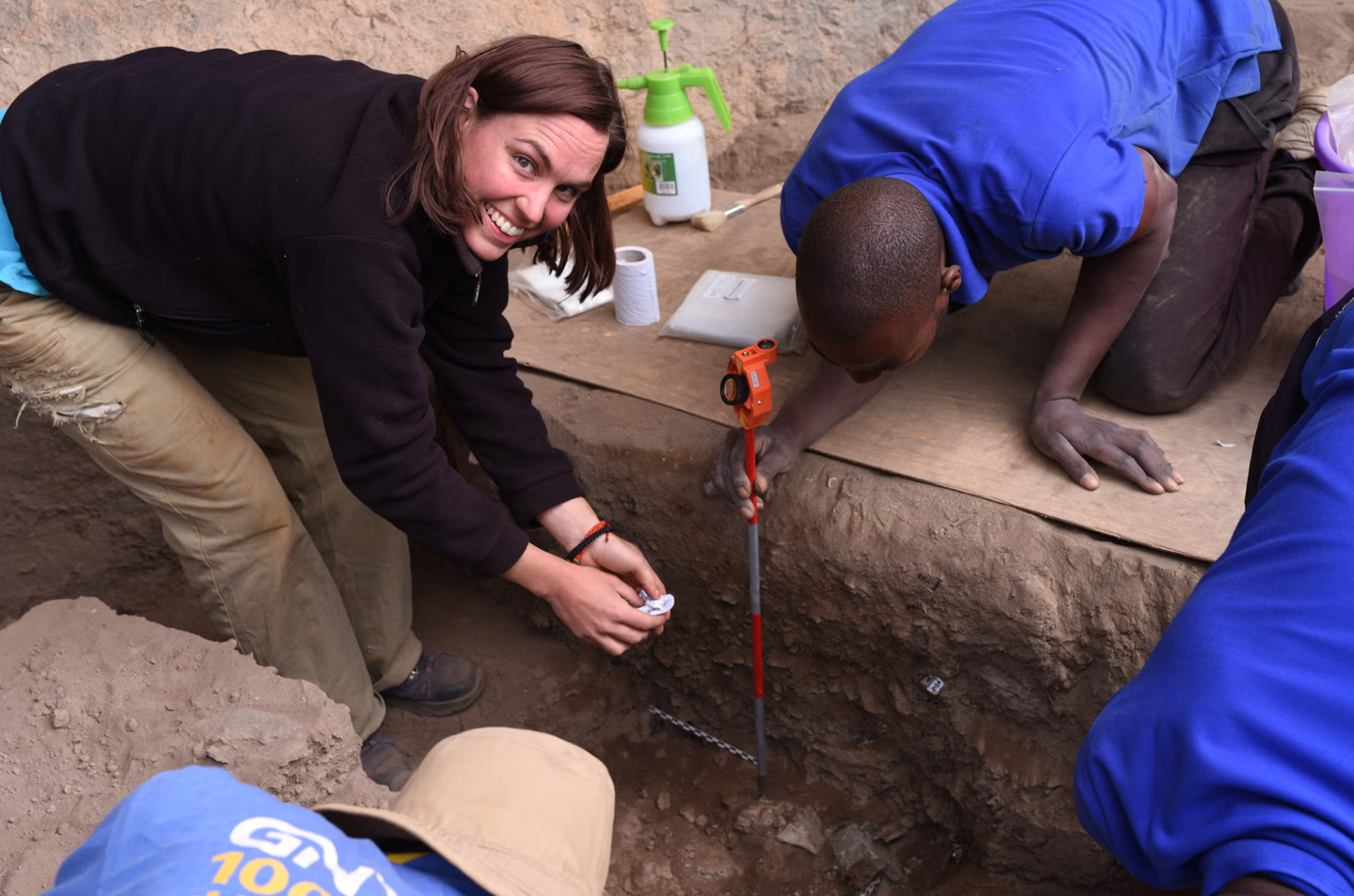NASA’s Perseverance may have just discovered ancient life on Mars
The rock has been analyzed and found to contain characteristics that scientists consider potential indicators of ancient life.

NASA’s Perseverance Mars rover took this selfie, made up of 62 individual images, on July 23. A rock nicknamed “Cheyava Falls,” which has features that may bear on the question of whether the Red Planet was long ago home to microscopic life. (CREDIT: NASA/JPL-Caltech/MSSS)
NASA’s Perseverance rover has recently made a discovery that’s sparking a lot of excitement among scientists: a unique, vein-filled rock that the team has dubbed “Cheyava Falls.” This arrowhead-shaped rock could hold clues to one of the most intriguing questions about Mars—whether the planet once harbored microscopic life.
Using advanced instruments aboard Perseverance, the rock has been analyzed and found to contain characteristics that align with what scientists consider potential indicators of ancient life. These indicators include chemical signatures and structures that might have been formed billions of years ago when Mars had flowing water.
However, the team is also exploring other possible explanations for these features, emphasizing that more research is needed to determine whether life is indeed a viable explanation.
The rock, the 22nd rock core sample collected by Perseverance, was retrieved while the rover was exploring the northern edge of Neretva Vallis. This ancient river valley, carved by water flowing into Jezero Crater, measures about a quarter-mile (400 meters) wide.
Nicola Fox, associate administrator for NASA’s Science Mission Directorate, highlighted the significance of this discovery, saying, “We have designed the route for Perseverance to ensure that it goes to areas with the potential for interesting scientific samples. This trip through the Neretva Vallis riverbed paid off as we found something we’ve never seen before, which will give our scientists so much to study.”
Perseverance’s SHERLOC (Scanning Habitable Environments with Raman & Luminescence for Organics & Chemicals) instrument conducted multiple scans of Cheyava Falls and discovered that it contains organic compounds. These carbon-based molecules are considered the building blocks of life, although they can also form through non-biological processes.
Ken Farley, the Perseverance project scientist from Caltech, described the significance of this find, saying, “Cheyava Falls is the most puzzling, complex, and potentially important rock yet investigated by Perseverance. On the one hand, we have our first compelling detection of organic material, distinctive colorful spots indicative of chemical reactions that microbial life could use as an energy source, and clear evidence that water—necessary for life—once passed through the rock. On the other hand, we have been unable to determine exactly how the rock formed and to what extent nearby rocks may have heated Cheyava Falls and contributed to these features.”
Related Stories
The rock’s physical characteristics have also intrigued the science team. Measuring 3.2 feet by 2 feet (1 meter by 0.6 meters), it has been named after a waterfall in the Grand Canyon. This choice highlights the geological significance and the aesthetic resemblance to Earth’s natural formations.
In its search for signs of ancient microbial life, the Perseverance mission has focused on rocks that might have been shaped by water long ago. That focus is why the team zeroed in on Cheyava Falls. Kevin Hand, SHERLOC’s principal investigator from NASA’s Jet Propulsion Laboratory, explained, “This is the kind of key observation that SHERLOC was built for—to seek organic matter as it is an essential component of a search for past life.”
Running the length of the rock are large white veins of calcium sulfate. Between these veins are bands of reddish material, hinting at the presence of hematite, one of the minerals responsible for Mars’ characteristic rusty color. When the rover examined these red regions more closely, it found dozens of irregularly shaped, millimeter-sized off-white splotches, each surrounded by black material, resembling leopard spots. The PIXL (Planetary Instrument for X-ray Lithochemistry) instrument on Perseverance determined that these black halos contain both iron and phosphate.
David Flannery, an astrobiologist and member of the Perseverance science team from the Queensland University of Technology, noted the significance of these features. “These spots are a big surprise,” he said. “On Earth, these types of features in rocks are often associated with the fossilized record of microbes living in the subsurface.”
This spotting pattern on sedimentary rocks on Earth can occur when chemical reactions involving hematite transform the rock from red to white. These reactions can also release iron and phosphate, which might contribute to the formation of the black halos. Such chemical processes can provide an energy source for microbes, explaining why these features are often associated with microbial life in terrestrial settings.
One theory the science team is exploring is that Cheyava Falls originally formed as mud containing organic compounds that eventually solidified into rock. Later, a second episode of fluid flow penetrated cracks in the rock, leading to the mineral deposits that created the large white calcium sulfate veins and the distinctive spots.
However, the organic matter and leopard spots are not the only intriguing aspects of Cheyava Falls. The science team was also surprised to find that the veins are filled with millimeter-sized crystals of olivine, a mineral typically formed from magma. This discovery raises more questions: Could the olivine and sulfate have been introduced to the rock at extremely high temperatures, which would have been uninhabitable, leading to an abiotic chemical reaction that produced the leopard spots?
To address these questions, the Perseverance team has employed a range of tools. “We have zapped that rock with lasers and X-rays and imaged it literally day and night from just about every angle imaginable,” said Farley. Despite these efforts, the exact history of the rock remains unclear.
Farley added, “Scientifically, Perseverance has nothing more to give. To fully understand what really happened in that Martian river valley at Jezero Crater billions of years ago, we’d want to bring the Cheyava Falls sample back to Earth, so it can be studied with the powerful instruments available in laboratories.”
The discovery of Cheyava Falls is a reminder of how much there is still to learn about Mars. Each new find, like this complex rock, brings scientists closer to answering the question of whether life ever existed on the Red Planet. As Perseverance continues its mission, the data it collects will undoubtedly contribute to a deeper understanding of Mars’ history and its potential to have supported life. The journey of exploration is ongoing, and with each discovery, new puzzles emerge, challenging scientists to piece together the ancient history of this enigmatic planet.
Note: Materials provided above by The Brighter Side of News. Content may be edited for style and length.
Like these kind of feel good stories? Get The Brighter Side of News' newsletter.



